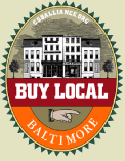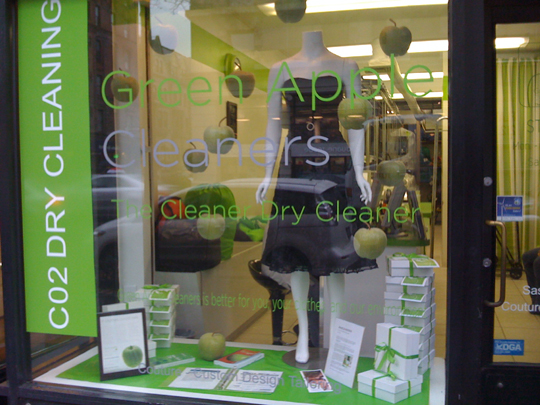The Story of Bottled Water
[youtube]http://www.youtube.com/watch?v=S49d-U5r3Hw[/youtube]
We’ve long been huge fans of Annie Leonard’s brilliantly succinct “The Story of Stuff.” Now, she’s turning her focus on bottled water, cosmetics, electronics, and cap and trade.
She tells it like it is in The Story of Bottled Water. (Follow this link for the full version.) Get the inside scoop on that old advertising trick, “manufactured demand.” And, did you know that a third of all bottled water actually in the US comes from municipal taps? She also explains the difference between recycling and downcycling. And check this quote from Pepsi’s chairman: “The biggest enemy is tap water.”
Take back the tap! Make a personal commitment to not buy or drink bottled water. Then, take the next step by joining up with an advocacy organization to improve access to clean, safe water for everyone.
“Carrying bottled water is on its way to being as cool as smoking while pregnant.” Go, Annie!





 View the dynamic, moving GOforChange: Greening Baltimore video
View the dynamic, moving GOforChange: Greening Baltimore video





